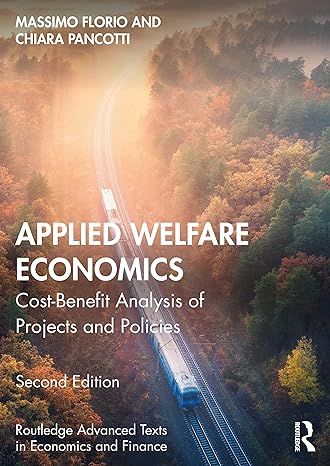Consider an ArrowDebreu economy (AD) given by E = {I, H, X, J, Y, U,d, e, p,
Question:
Consider an Arrow–Debreu economy (AD) given by E = {I, H, X, J, Y, U,d, e, p, G, W, t, ℓ, x̄, ȳ}, where all variables are defined as in Section 2.2.
a. Discuss in which cases the axiomatic structure of this economy may fail in general equilibrium analysis. Refer to concepts such as Walrasian equilibrium and Pareto-efficiency and consider the existence of non-Walrasian equilibria.
b. Discuss the features of this economy when I ,H, J,X,Y,U,W,d,e,G are exogenous and x,y,x,y, p,t, are endogenous. How does the interpretation of the model’s result change when, for example: (i) p is exogenous (ii) J is endogenous?
c. Can the government allow Walrasian equilibrium when there are quantity constraints on the demand and supply functions?
Fantastic news! We've Found the answer you've been seeking!
Step by Step Answer:
Related Book For 

Question Posted:





